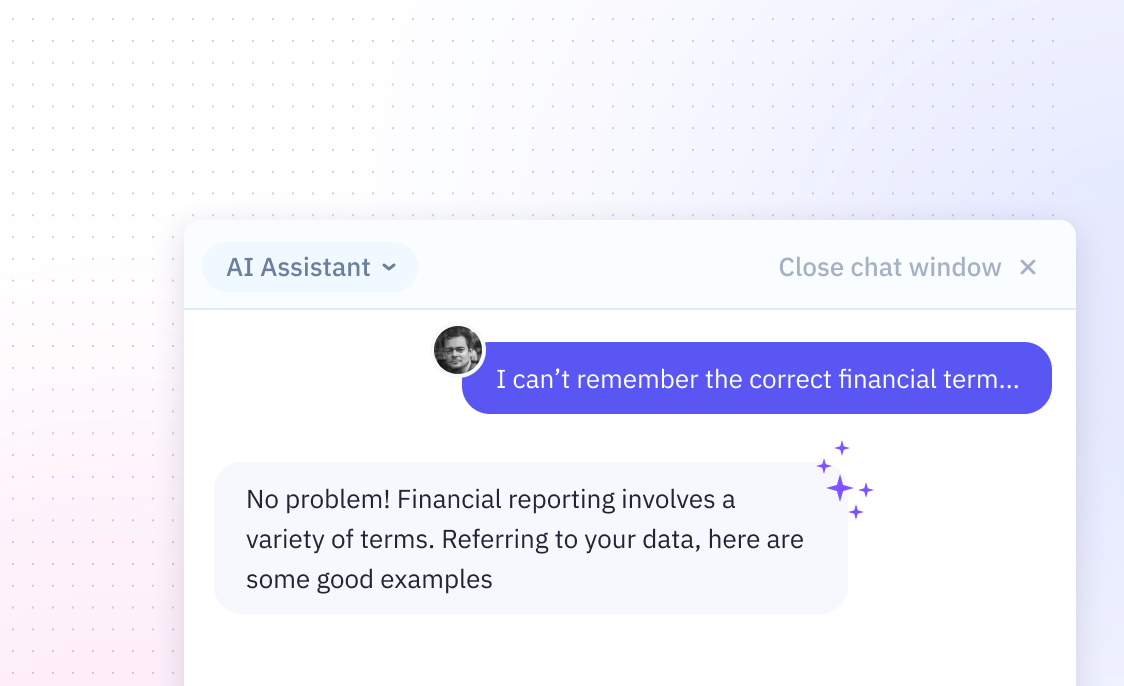
How To Convert Date YYYYMMDD In Excel
Introduction
Working with date formats in Excel can often be a challenge, especially when dealing with the yyyymmdd format. This common string of numbers needs to be converted into a more readable date format to enhance data comprehensibility and analysis.
Our guide provides straightforward steps to transform yyyymmdd into a usable date format in Excel. While Excel requires specific functions and formulas, Sourcetable's AI chatbot can instantly handle date conversions and any other spreadsheet tasks through simple conversation - try Sourcetable now to transform how you work with data.
Convert Date YYYYMMDD in Excel
Creating a Custom Date Format
To convert a date column from mm/dd/yyyy to yyyymmdd in Excel, create a custom date format. Open the Format Cells dialog box to access the custom format option. Navigate to the "Type" category to input the custom date format.
Using Excel Date Functions
Excel identifies text-formatted dates and can convert them using the DATEVALUE function. Dates in Excel are stored as serial numbers, essential for calculations. If a date is stored as text, Excel may show a green triangle indicator for manual conversion.
Default Settings and Customization
Excel's default date settings can be adjusted to change date formats. The custom date format option allows for locale-specific formatting. Utilize Excel's date formats list for standard options or customize for different locales.
Handling Errors and Automatic Conversion
When Excel shows an error indicator for text-formatted dates, use the cell menu's error button for automatic conversion. This changes two-digit years to four-digit years, correcting the format.
Additional Information
For more detailed steps and information on converting date formats, refer to the upper link provided.
Use Cases for Date Format Conversion in Excel
Sorting Data by Chronological Order
Convert dates to a standardized YYYYMMDD format to ensure accurate chronological sorting of records. This is especially useful when dealing with data from multiple sources or systems that use different date formats.
Filtering Records Within Date Ranges
Once dates are in YYYYMMDD format, you can easily filter and analyze data for specific time periods. This enables quick identification of trends, patterns, or anomalies within particular date ranges.
Calculating Time Duration Between Dates
With properly formatted dates, you can perform accurate calculations to determine the time elapsed between two events. This is crucial for project timelines, aging reports, and performance tracking.
Grouping Data for Temporal Analysis
YYYYMMDD format allows seamless grouping of data by year, month, or day. This enables effective creation of pivot tables, time-based summaries, and trend analysis reports.
Converting Dates for Reporting Systems
Transform dates into text strings that are compatible with various reporting systems and databases. This ensures smooth data integration and consistent reporting across different platforms.
Excel vs. Sourcetable: Modern Spreadsheet Solutions
While Excel remains a traditional spreadsheet tool requiring manual formula creation and data manipulation, Sourcetable revolutionizes spreadsheet work through AI-powered interactions. Users can accomplish complex data analysis, visualization, and spreadsheet creation through simple conversations with an AI assistant. Sign up at Sourcetable to answer any spreadsheet question instantly.
Natural Language Interface
Excel requires users to learn complex functions and features, while Sourcetable lets you simply describe what you want to accomplish in plain English to its AI chatbot, which handles all the technical work automatically.
Data Processing Capabilities
Sourcetable accepts files of any size and direct database connections, eliminating Excel's size limitations. Users can analyze vast datasets by simply telling the AI what insights they need.
Visualization and Analysis
Instead of manually creating charts and running analyses in Excel, Sourcetable's AI automatically generates stunning visualizations and performs complex data analysis based on conversational requests.
Frequently Asked Questions
What is the Excel formula to convert yyyymmdd to date format?
The formula is =DATE(LEFT(A2,4),MID(A2,5,2),RIGHT(A2,2)), which should be entered in an empty cell. A2 should contain the yyyymmdd value you want to convert.
How can I convert multiple yyyymmdd values to dates at once?
There are two methods: 1) Enter the DATE formula in the first cell and use the auto-fill handle to drag down for all values, or 2) Use the Text to Column function by selecting all values, clicking Data, then Text to Column, selecting Delimited, clicking Next, selecting Date, and clicking Finish.
What is the easiest method to convert yyyymmdd to date format in Excel?
The Text to Column function is the easiest method. Select your data, click Data, choose Text to Column, click Delimited, click Next, select Date, and click Finish to complete the conversion.
Conclusion
Converting dates in Excel can be complex, especially when dealing with YYYYMMDD formats. Multiple formulas and functions are often needed to handle these conversions correctly.
Modern spreadsheet tools simplify these tasks. Sourcetable's AI chatbot can instantly provide the exact formula needed for date conversions. You can skip the trial and error of traditional Excel methods.
Start converting dates effortlessly with Sourcetable today.






